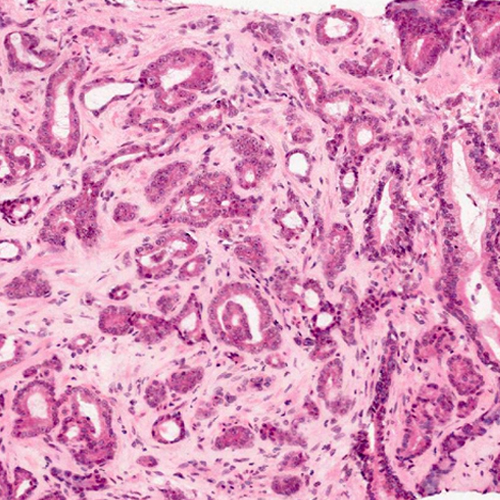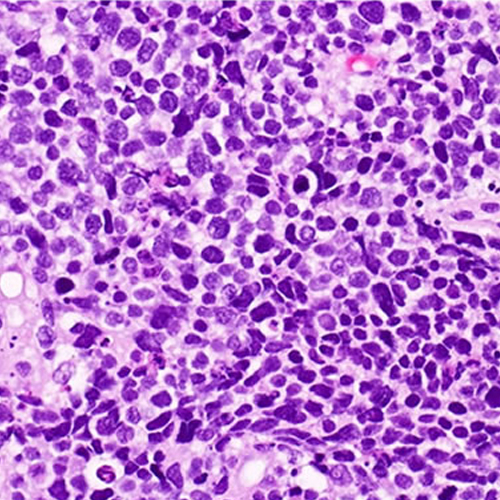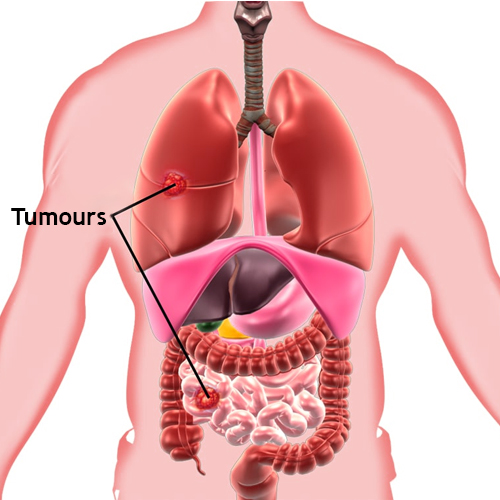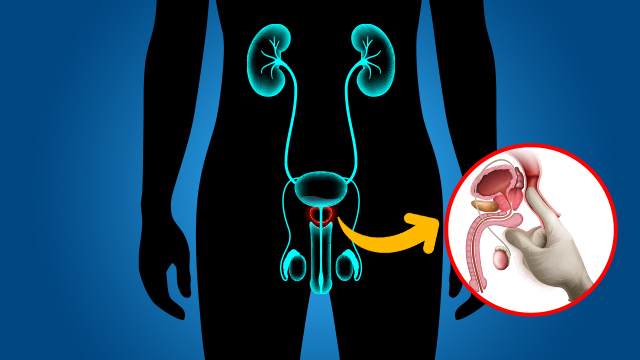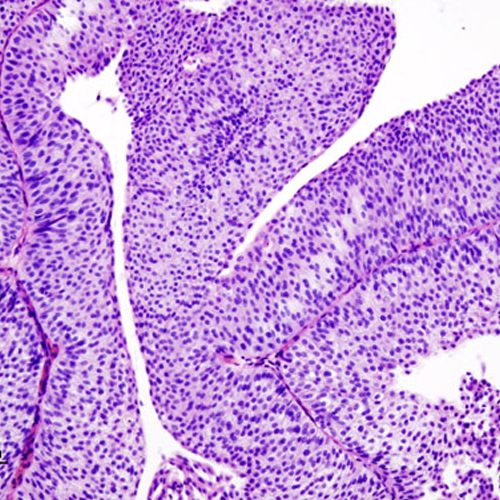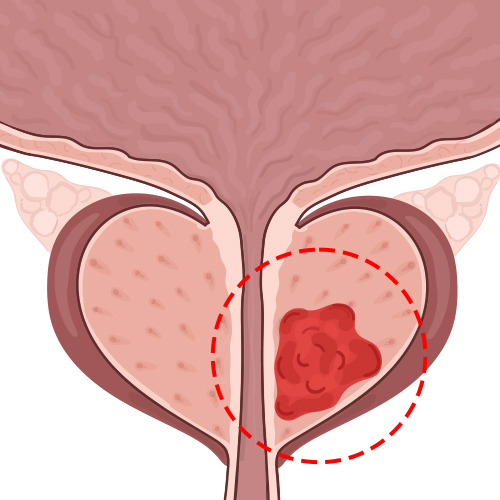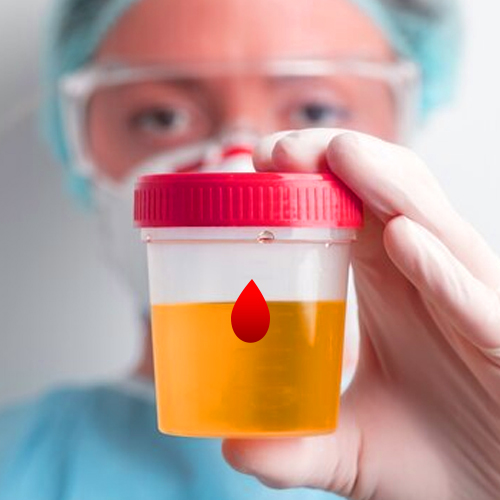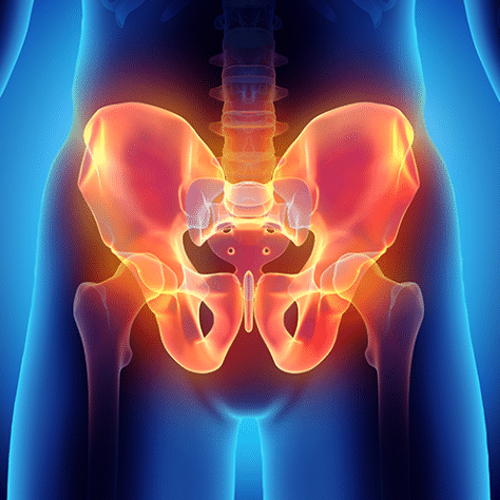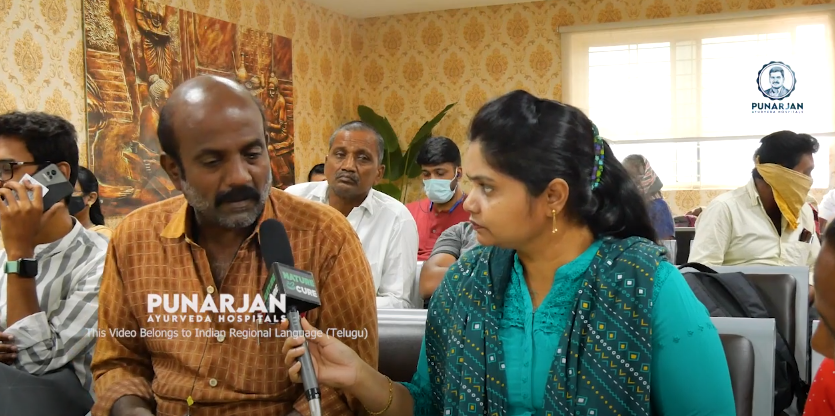Surgical Interventions – Surgery is often considered a safe choice for treating and eliminating prostate cancer. Open prostatectomy and laparoscopic prostatectomy are the two prime surgical procedures administered to remove the cancer-affected prostate. Open prostatectomy can be categorized into radical retropubic prostatectomy and radical perineal prostatectomy while laparoscopic prostatectomy can be laparoscopic radical prostatectomy and robotic-assisted laparoscopic radical prostatectomy. Transurethral resection of the prostate (TURP) is a surgical intervention leveraged to remove non-cancerous growths in the prostate.
Radiation Therapy – This type of treatment with high-energy rays to destroy cancer cells can be recommended for various stages of prostate cancer. External beam therapy, brachytherapy (international radiation) and radiopharmaceuticals (medications containing radiation) – the type of radiation therapy will be selected by your oncologist based on the stage of prostate cancer and your health aspects.
Cryotherapy – This treatment modality is recommended if a patient can’t undergo surgery as well as radiation therapy or if the cancer has relapsed even after radiation treatment.
Hormone Therapy – Androgen hormone is known to fuel prostate cancer growth in men. Androgen suppression therapy or androgen deprivation therapy is a popular hormone therapy, which is used to restrict the androgen levels in the bloodstream.
Chemotherapy – This variant of prostate cancer treatment leverages various recommended drugs to eliminate cancerous cells. Oncologists recommended this across various stages of prostate cancer, especially when hormone therapy fails to yield the desired result.
Immunotherapy – The objective of this treatment modality is to trigger an individual’s immune system to identify and arrest cancer proliferation. Sipuleucel-T vaccine, the latest innovation in the prostate cancer treatment sphere, is known to be effective.
Targeted Therapy
Poly(ADP)-ribose polymerase (PARP) inhibitors are leveraged under the targeted therapy domain to eliminate cancer cells. Unlike chemo and hormone therapy, these targeted drugs don’t have any side effects and thus, can be considered safe and effective.
